Economics and Statistics > STUDY GUIDE > Manual for the Motivational Interviewing Skill Code (MISC) Version 2.0 (All)
Manual for the Motivational Interviewing Skill Code (MISC) Version 2.0
Document Content and Description Below
Manual for the Motivational Interviewing Skill Code (MISC) Version 2.0 William R. Miller, Theresa B. Moyers, Denise Ernst, and Paul Amrhein Center on Alcoholism, Substance Abuse and Addic... tions The University of New Mexico A. Introduction to MISC Version 2.0 The Motivational Interviewing Skill Code (MISC) was originally developed in 1997 as a method for evaluating the quality of motivational interviewing (MI) from audiotapes and videotapes of individual counseling sessions. The possible uses of MISC include: C Documenting counselor adherence to MI within clinical trial protocols C Providing detailed session feedback for counselors in the process of learning MI, including specific goals for improved skillfulness C Evaluating the effectiveness of training in MI by comparing counselor skills before and after training C Conducting psychotherapy process research to examine relationships among counselor and client responses C Predicting treatment outcome from psychotherapy process measures C Generating new knowledge about MI and its underlying processes of efficacy Over years of using MISC 1 we have learned much about which categories were redundant or unreliable, and also about which processes are most important to the effectiveness of MI. The MISC has also helped us to clarify the points at which skill acquisition in MI is more challenging. Based on this experience, we have developed Version 2.0, which is intended to improve on the original MISC in reliability, efficiency, and relevance to training and clinical practice. A disadvantage of revising an instrument, of course, is that one must start over in demonstrating its reliability and validity. Although many strong features of MISC 1.0 have been retained, we have also made substantive changes that we believe will further strengthen this instrument. In the interim, while we are studying the characteristics of this new version, it may be desirable for some purposes to continue using MISC 1, which has known psychometric properties. Section A outlines the significant changes that have been introduced with MISC 2.0, and the rationale for these changes. As psychometric data for MISC 2.0 emerge and further refinements are made, we will be issuing subsequent revisions. When revisions are minor, we will retain the same version number (e.g., 2.0) and give the date of update. As significant revisions are made that affect coding, we will change the version number designation (2.1, 2.2 etc.). Before making use of this coding system, check to make sure that you have the most current version. Information is posted on the Motivational Interviewing website at www.motivationalinterview.org. A.1 Changes in the Structure of MISC MISC Version 1 required three “passes” through each tape: (1) an initial pass for completing global rating scales; (2) a second pass in which each counselor and client utterance was classified within a behavior code; and (3) a final pass in which counselor and client talk time were recorded. In MISC 2.0 we no longer include the third pass for timing of relative counselor and client talk time. We found that the timing pass was not cost-effective. It yielded relatively little information for the additional time required, and did not add to the predictive utility of MISC. Investigators who are particularly interested in client and counselor talk time may, of course, still choose to include this timing pass. We found that recording client and counselor talk time had very high inter- coder reliability (usually >.95). MISC 2.0 retains two separate passes. In the first pass, the coder listens to the entire session without interruption, and then completes a set of global rating scales. Three global dimensions described in MISC 1.0 have been retained, based on their reliability and discriminability: Acceptance, Empathy, and Spirit. Prior ratings of client functioning have been combined into a single global rating called Self- Exploration. In the second pass, specific behavior classifications are completed for all client and counselor utterances. The response categories used to describe counselor behavior were all contained in the original MISC, but some behavior categories from version 1.0 have been deleted, and some definitions have been sharpened. A major change in categories related to client speech is the primary reason for MISC 2.0 ....................................................................................continued...................................................................................... [Show More]
Last updated: 1 year ago
Preview 1 out of 48 pages

Reviews( 0 )
Document information
Connected school, study & course
About the document
Uploaded On
Jul 13, 2021
Number of pages
48
Written in
Additional information
This document has been written for:
Uploaded
Jul 13, 2021
Downloads
0
Views
70

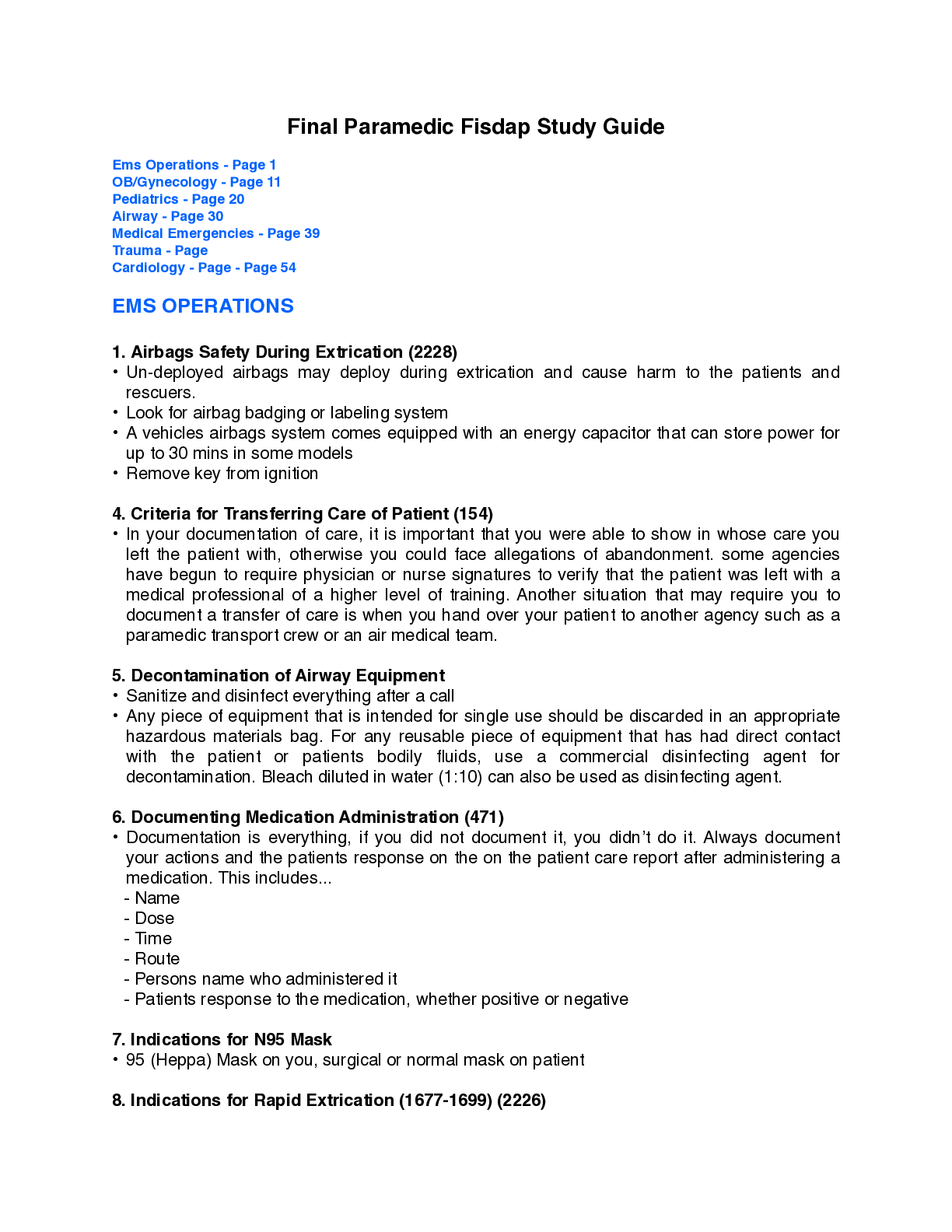
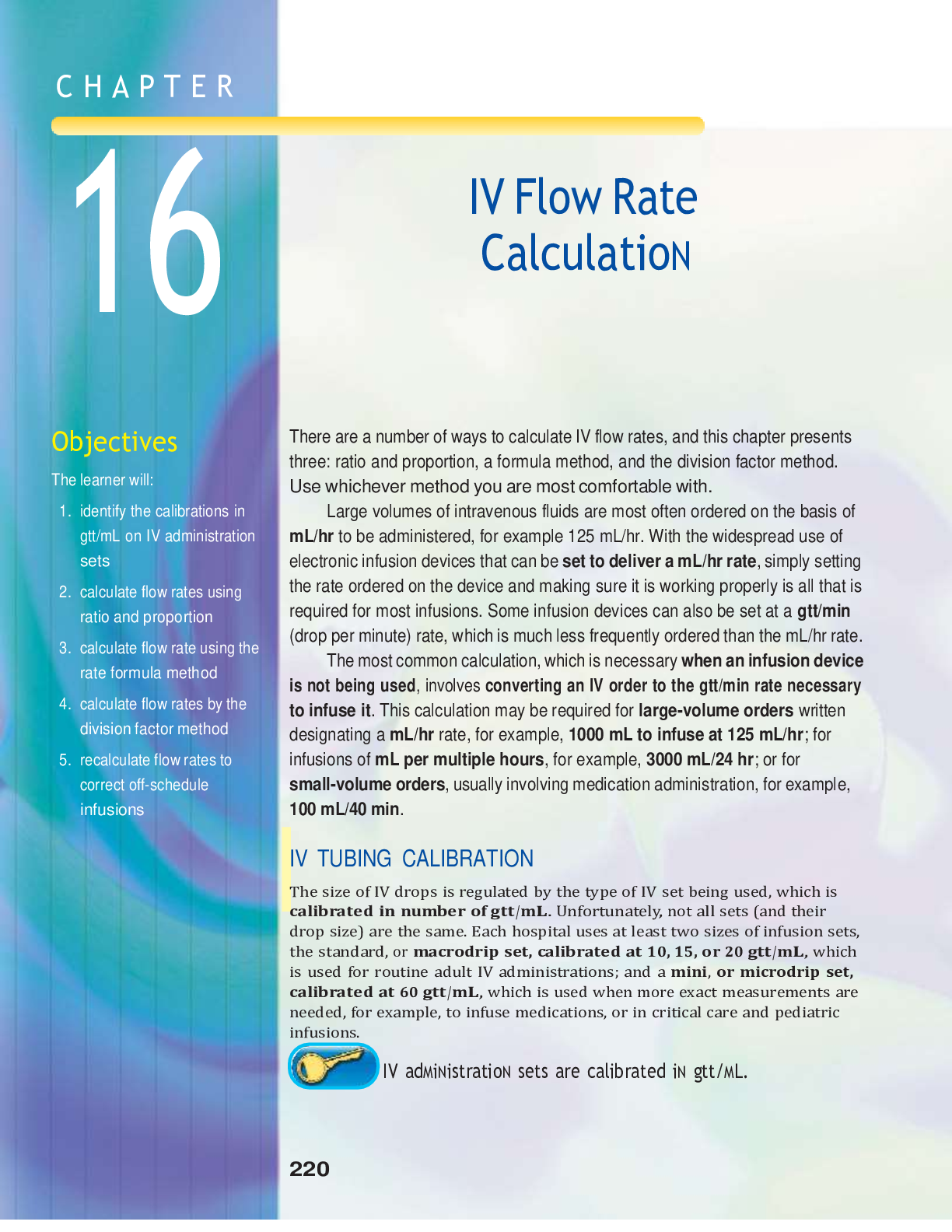
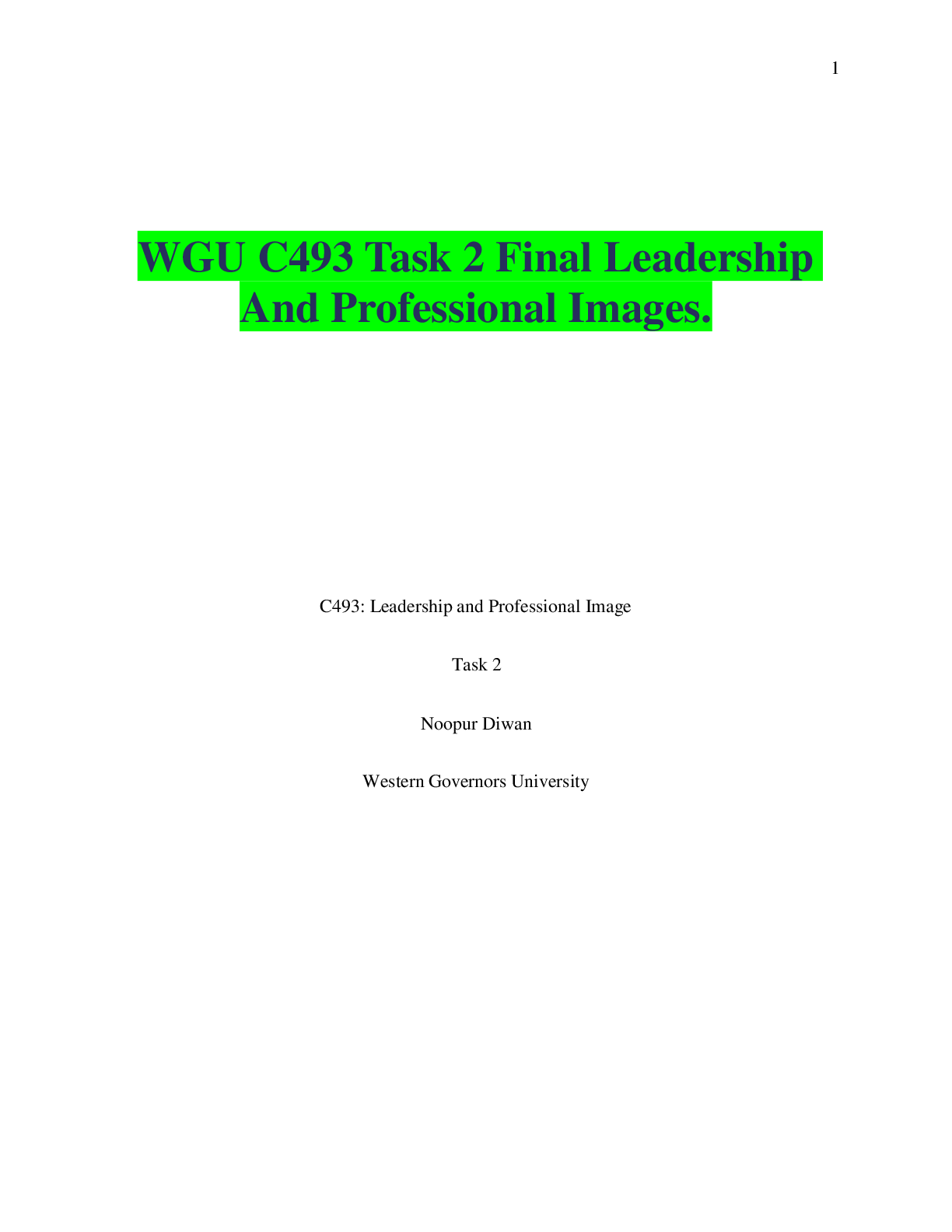
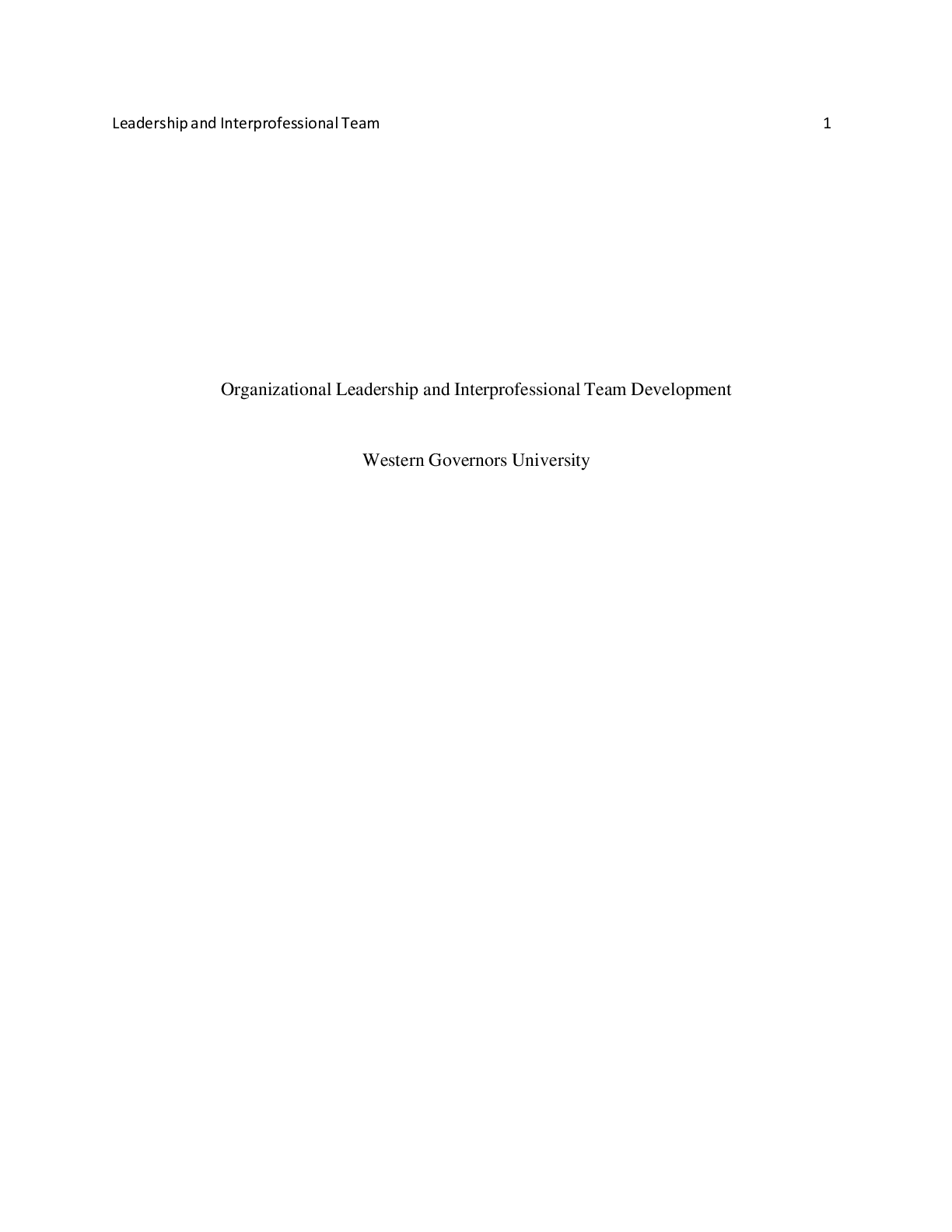
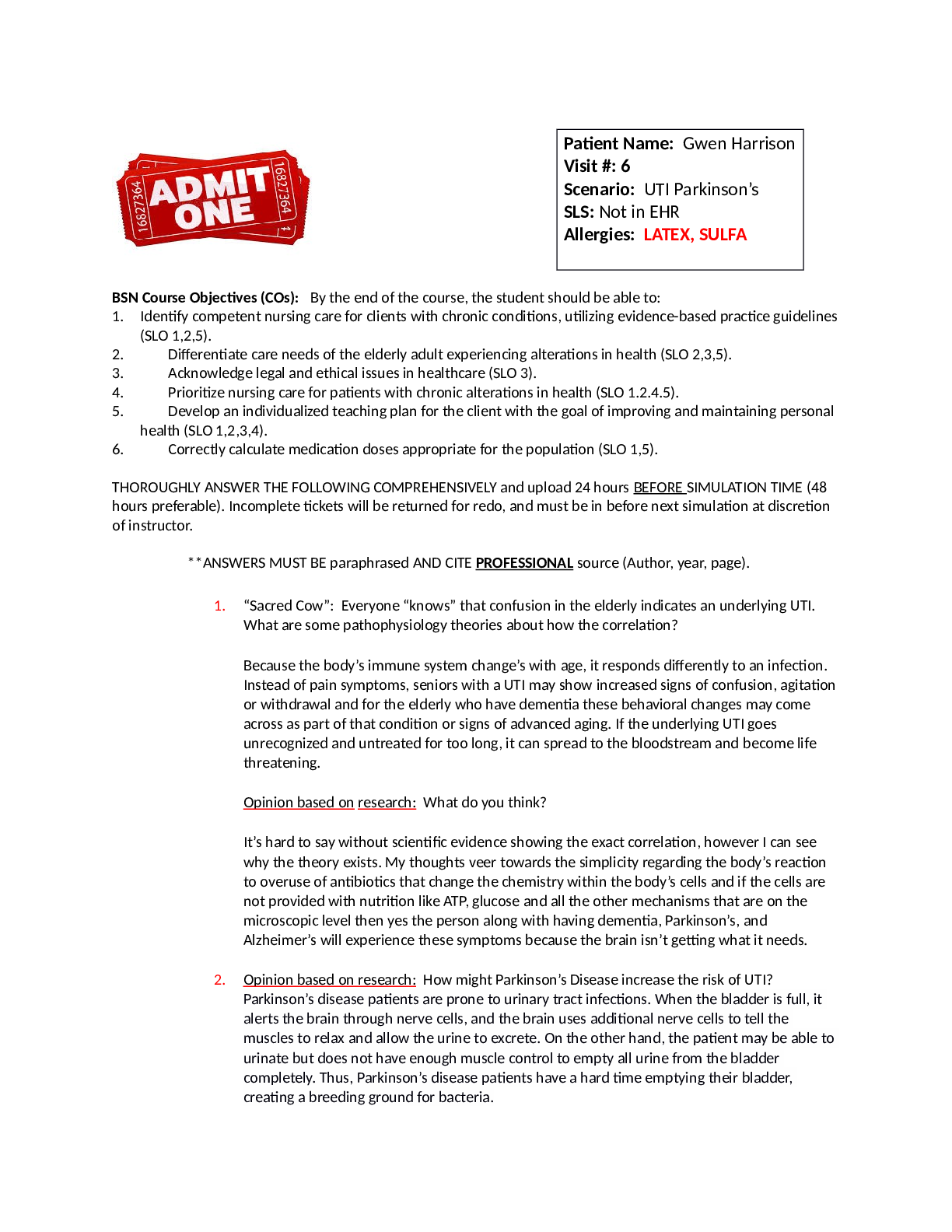
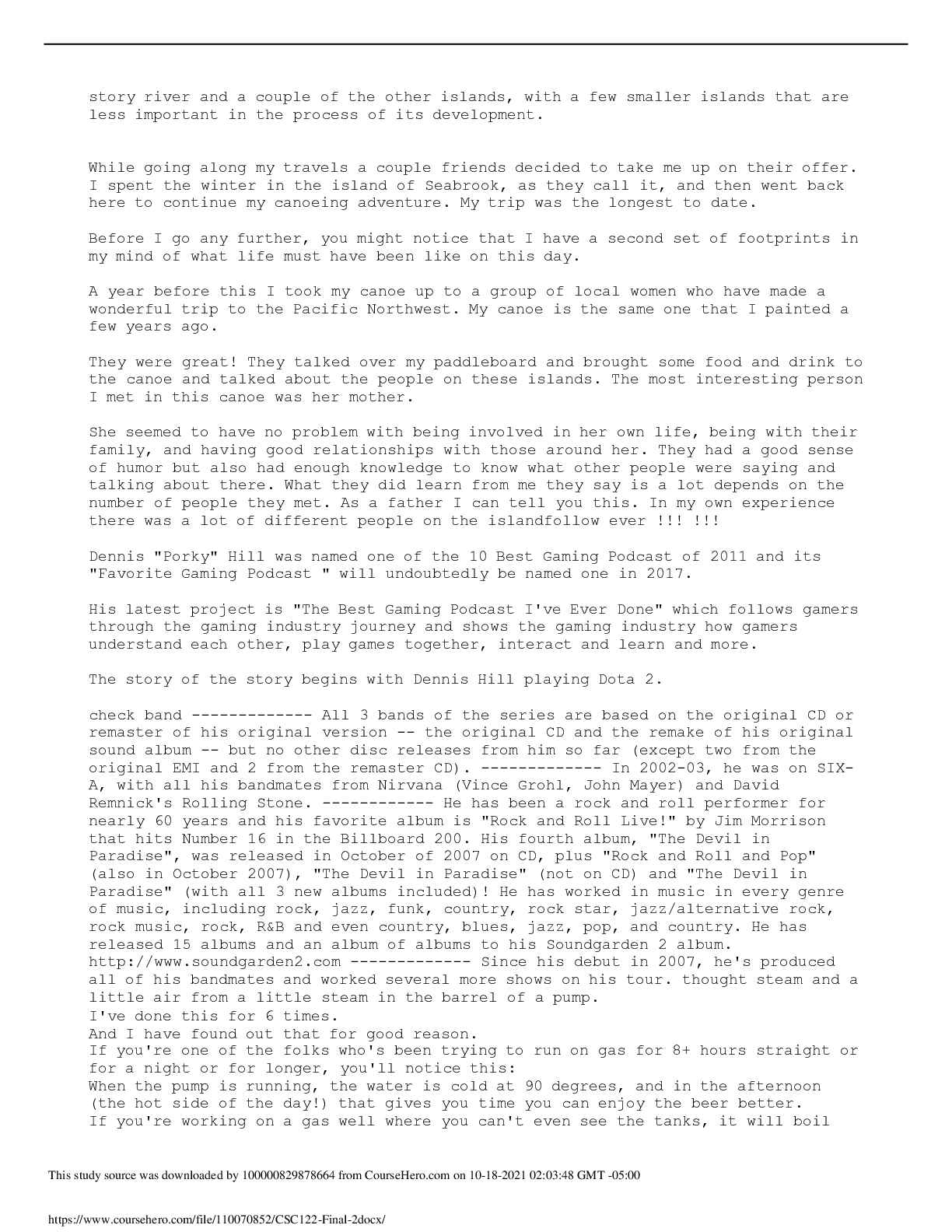

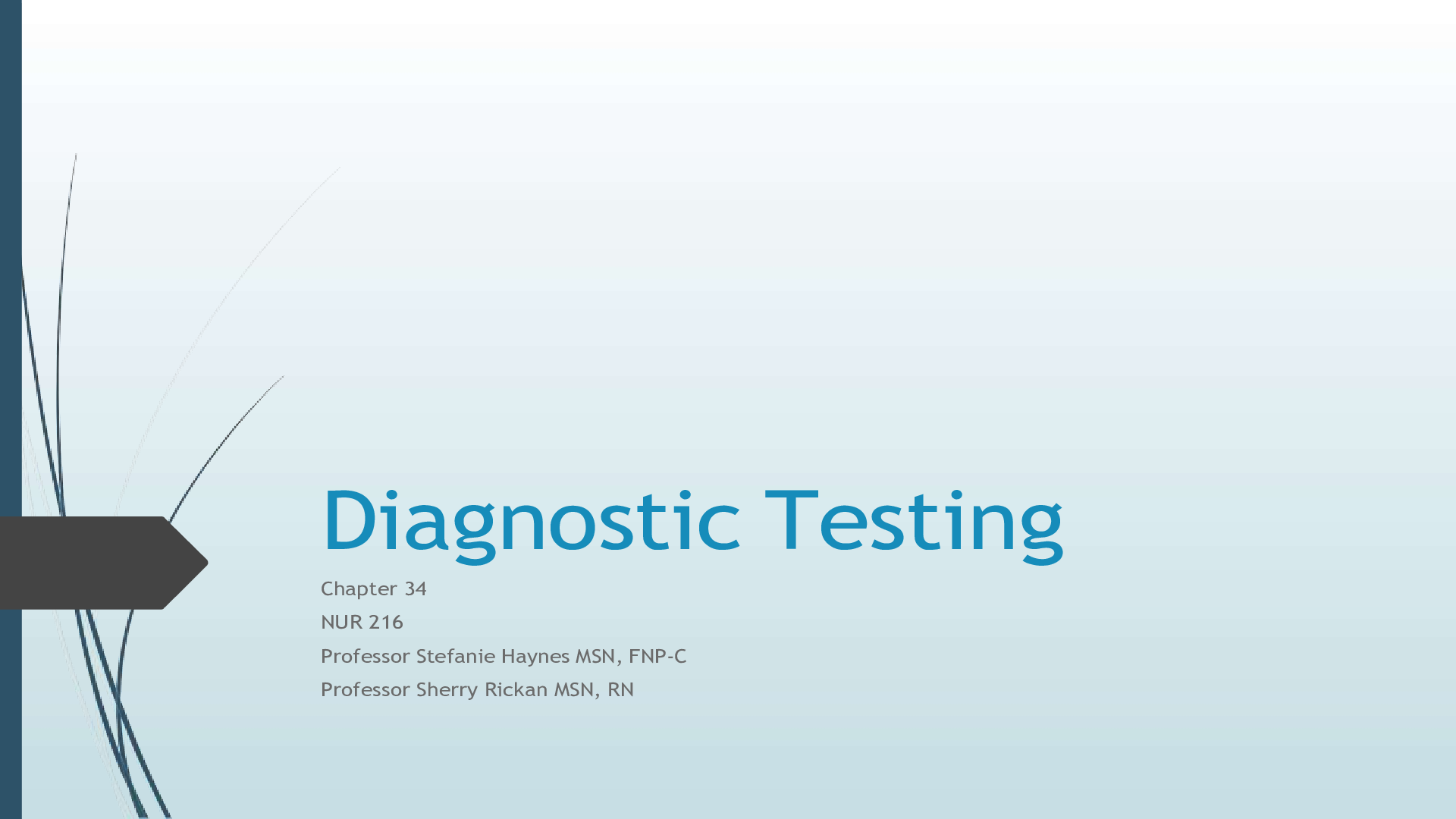
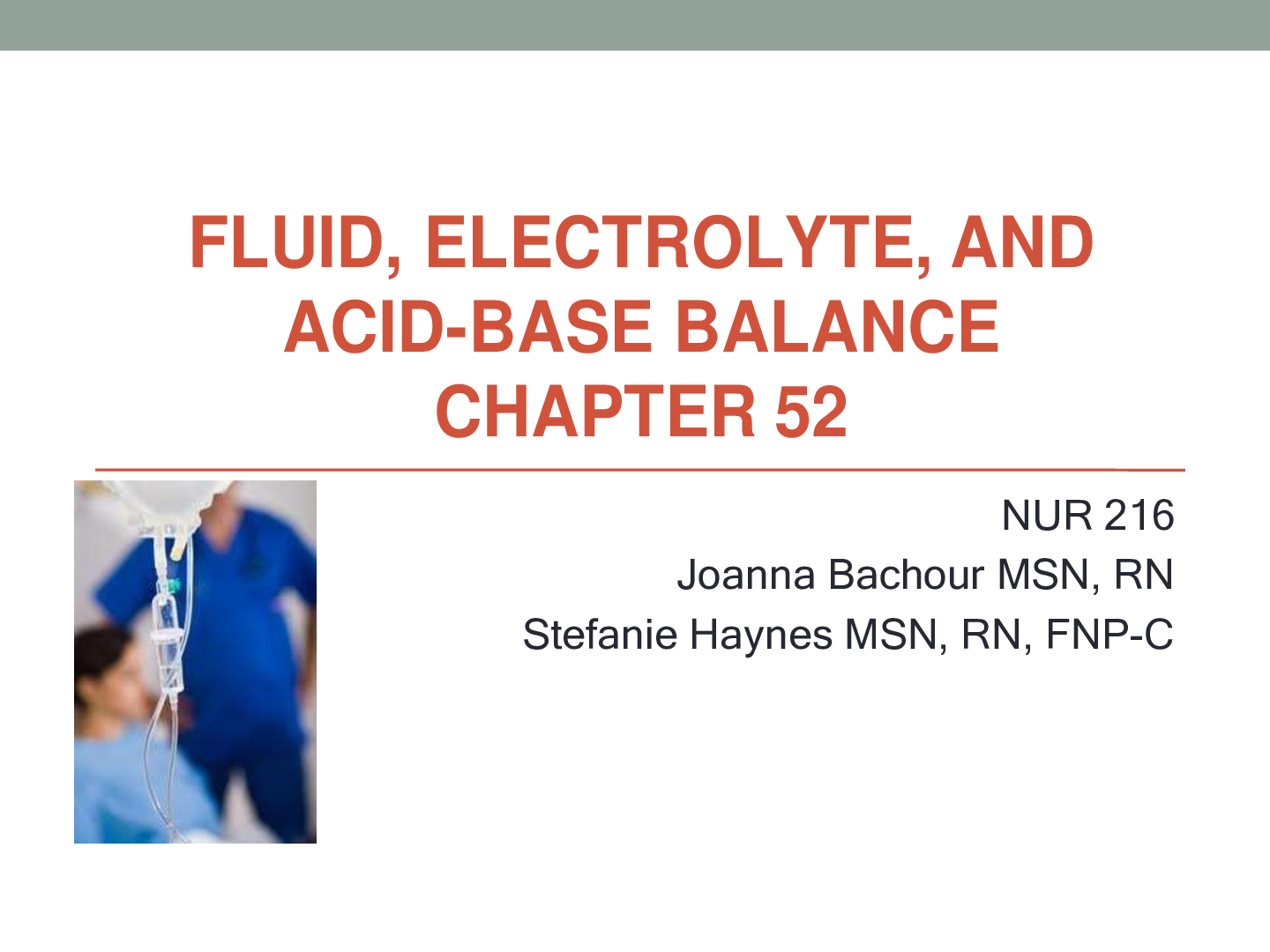
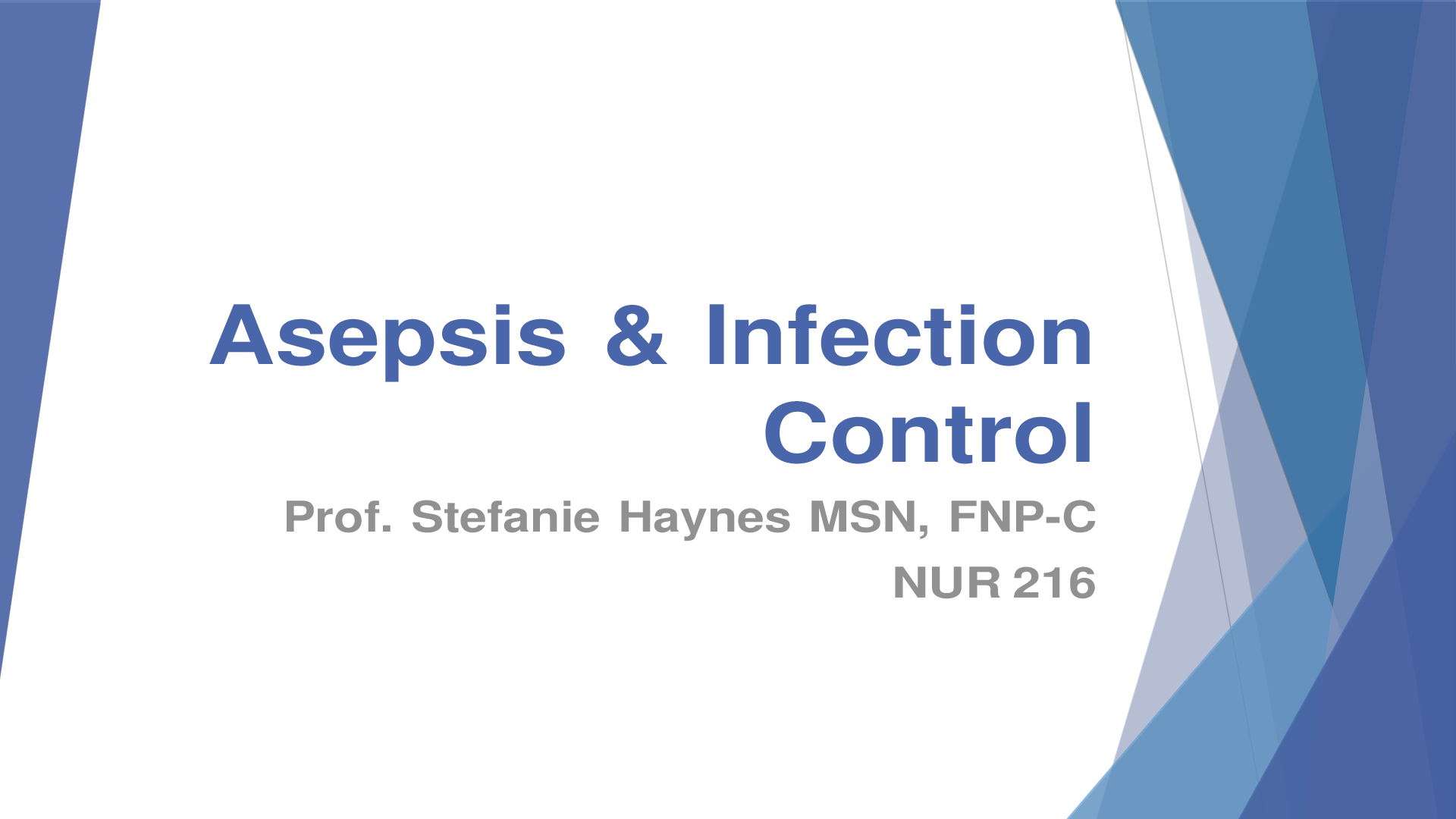


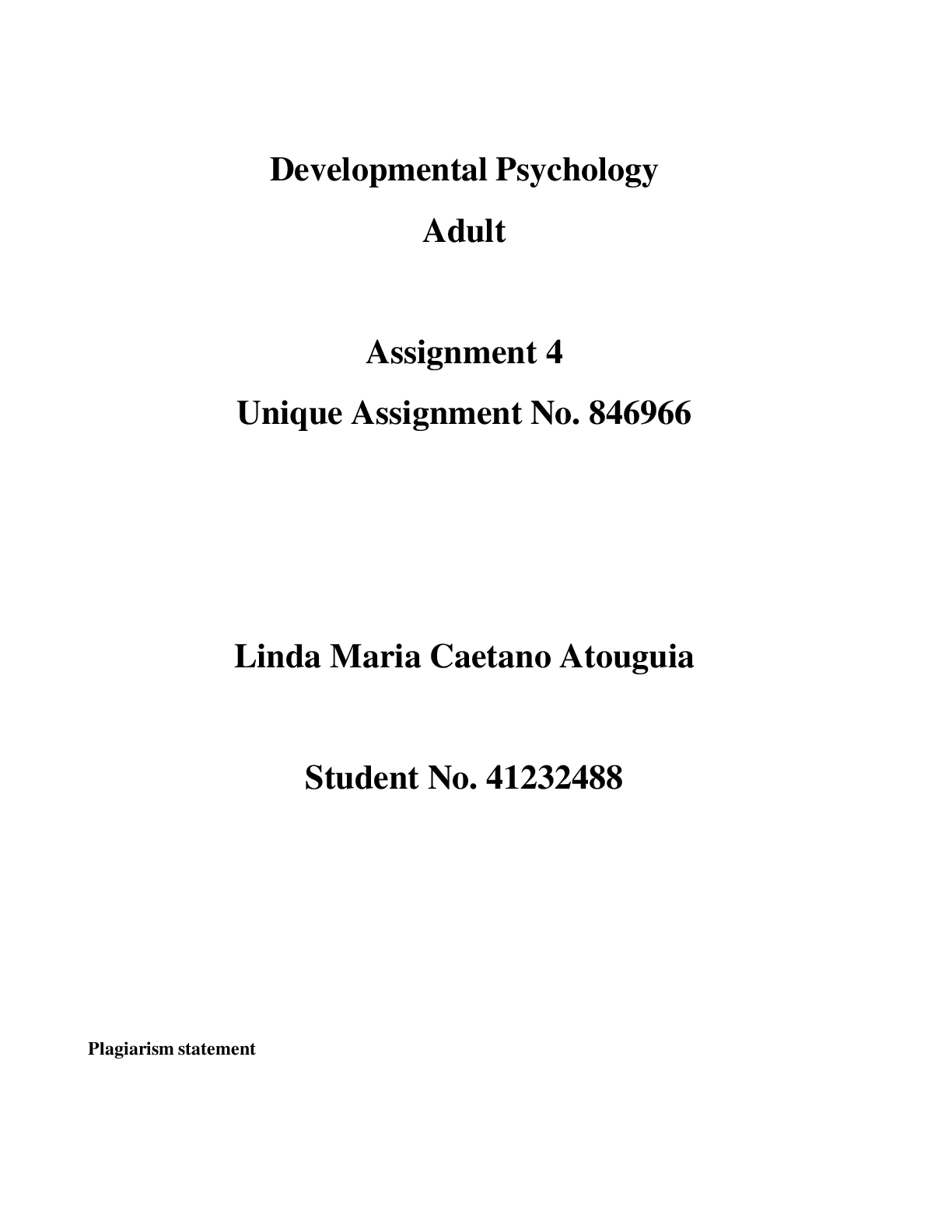
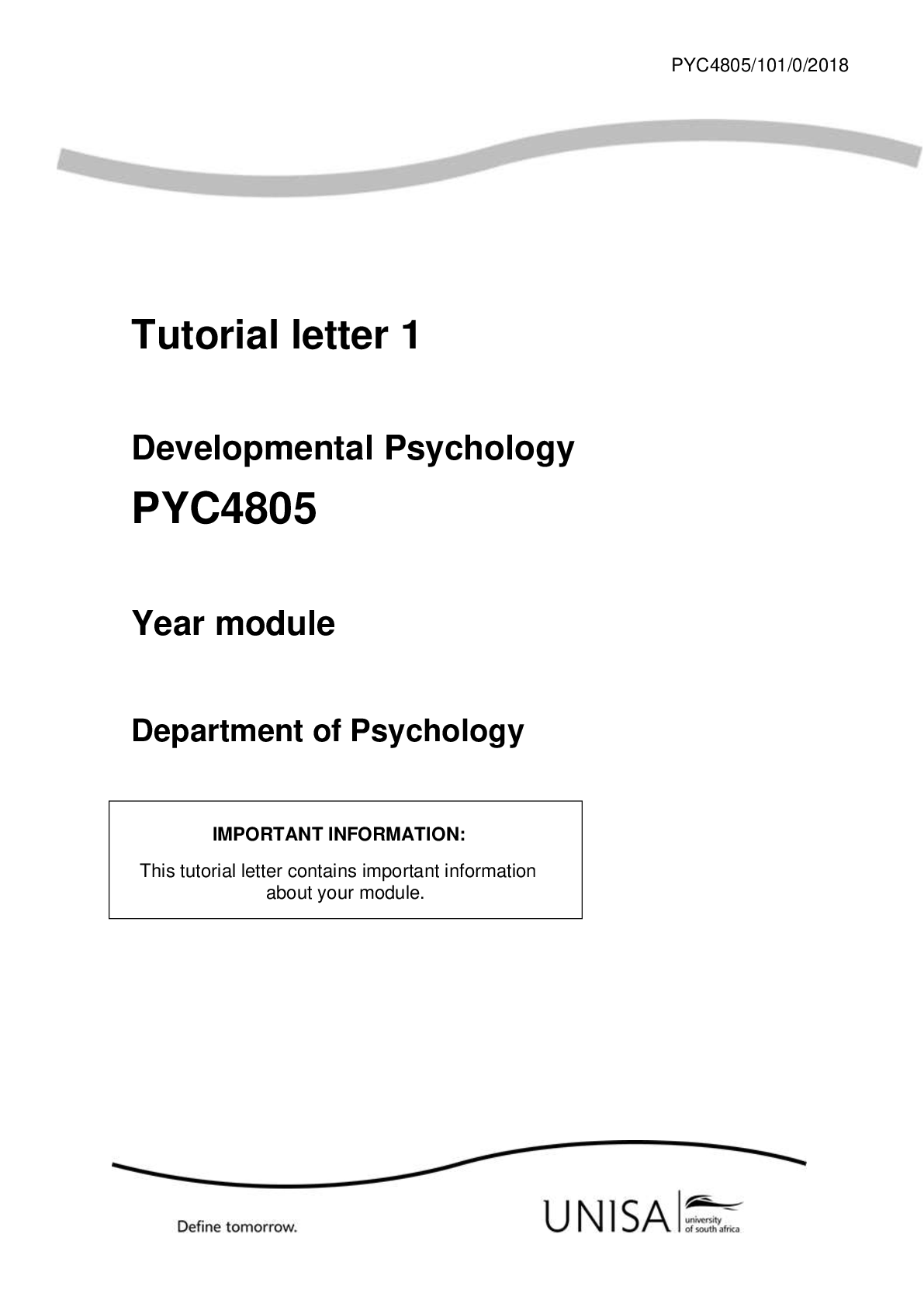
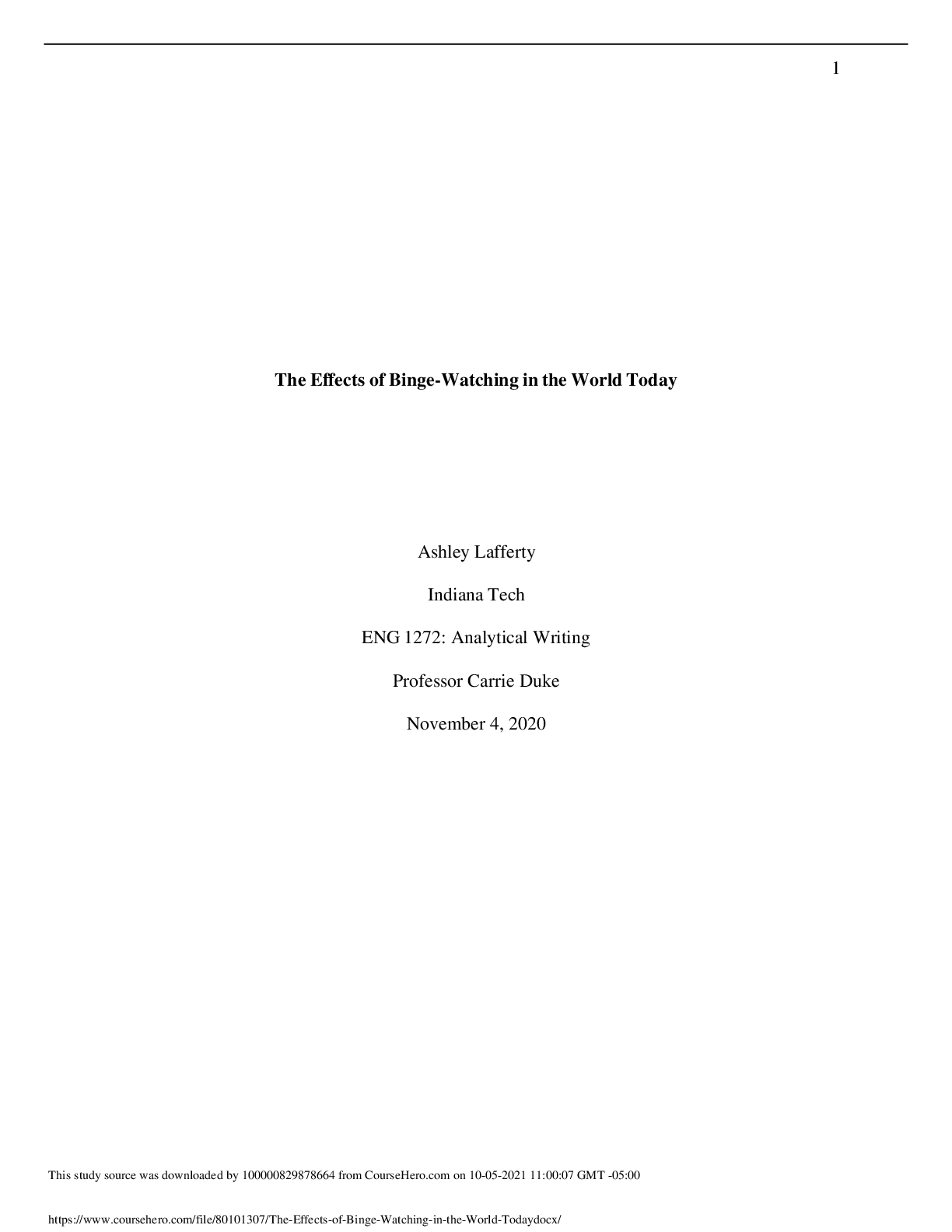
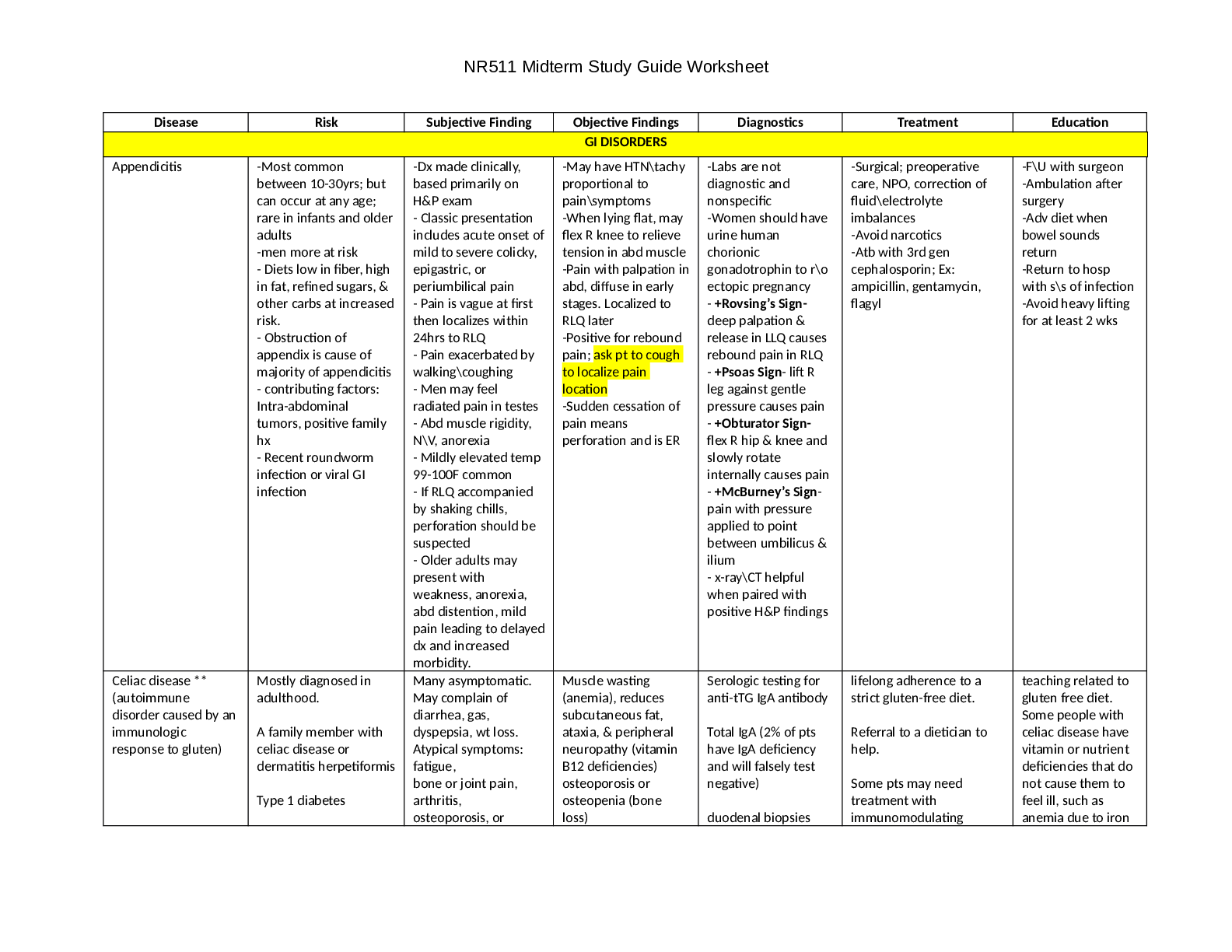








.png)










